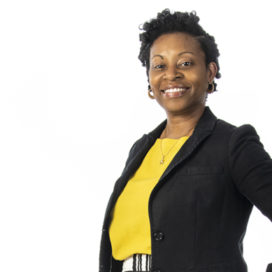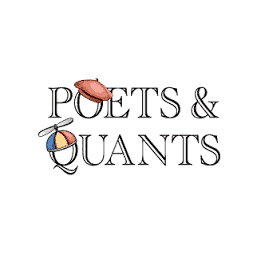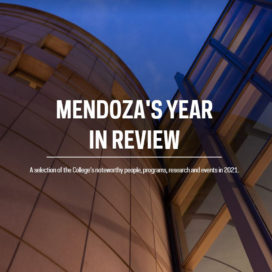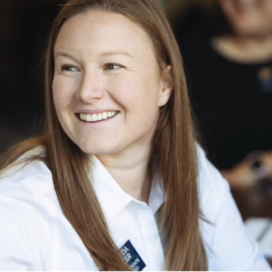Innovation starts by asking ‘How might we…?’ says IDEO partner
Published: November 11, 2011 / Author: Ed Cohen
The first commercialized computer mouse started out as a large track ball from a Pong game controller and a butter dish, says one of the partners in IDEO, the now-famous design and innovation consulting firm hired by Apple in 1980 to help develop the mouse.
Dennis Boyle, an original member of the firm, described the origins of the mouse during a talk to students in the Entrepreneurial Insights course of Notre Dame’s Mendoza College of Business on Nov. 8, 2011. Boyle is a 1975 graduate of Notre Dame in mechanical engineering and industrial design.
Many computer geeks know Apple co-founder Steve Jobs borrowed the idea for the mouse and the point-and-click graphical user interface (GUI) from technology he’d seen at the Xerox Palo Alto (California) Research Center. Jobs asked IDEO, also based in Palo Alto and then only a couple of years old, to design something more durable and much cheaper than the Xerox mouse, which cost $300, according to Boyle.
Boyle said IDEO’s designers salvaged a track ball from the early video game and purchased a butter dish from the Walgreens across the street. Wooden models followed. Later testing involved putting a prototype on a record turntable and spinning it “for miles” until it wore out.
“Actually, junk got in there, it got all gunked up. Things didn’t wear out so much as it just got dirty,” he said. “But that design evolved into the Macintosh mouse.”
IDEO, pronounced “eye-dee-oh,” has since grown into a global enterprise with 11 locations, including Mumbai and Shanghai. Its many innovations include the first automatic heart defibrillator, for use by everyday people in emergencies, and the first camera on a hand-held device. The company ranked No. 10 on Fast Company magazine’s 2009 list of the Top 25 Most Innovative Companies. It was No. 16 on Fortune magazine’s 2011 list of the 100 most-favored employers by MBA students.
Boyle, who helps lead IDEO’s health-and-wellness division, described several products and messaging campaigns the company has developed. He also talked about IDEO’s user-focused “design thinking” approach to innovation, which often starts by asking “How might we…?”
By going to hospitals for treatment (sometimes without knowledge of management) and by talking with blood donors, an IDEO team devised new bloodmobile equipment for the Red Cross. The new components are easier to set up and pack in a truck, along with being more professional looking than the lawn-furniture chaise lounges often found at temporary donation centers, Boyle said. Team members also discovered that when donors were asked to post their picture on a wall along with a statement of why they had donated, it encouraged more people to donate.
The IDEO partner said the company is always on the lookout for “workarounds” – homemade solutions to problems that could be borrowed or improved upon. On a trip to South America for Hewlett-Packard to see how the company’s printers were being used, team members found local people walking around tourist locations with battery-powered printers strung around their necks, resembling hot-dog vendors.
“They would take your memory card from your camera and make you a print on the spot – clever idea,” said Boyle.
Boyle described some other examples of homemade innovation and then added, “There’s a saying we got out of some science fiction book: ‘The future is already here, it’s just not widely distributed.”
Entrepreneurial Insights is a fall lecture series and course of Notre Dame’s Gigot Center for Entrepreneurial Studies. It features entrepreneurs, investors, innovators and business leaders who offer their experience and advice in areas critical to the creation of new ventures, the ongoing viability of existing business, economic growth, and the betterment of society. For more information about the series or the Gigot Center visit http://business.nd.edu/gigot_center/
/news_and_events/news_articles/article/10314/innovation-starts-by-asking-how-might-we-says-ideo-partner




